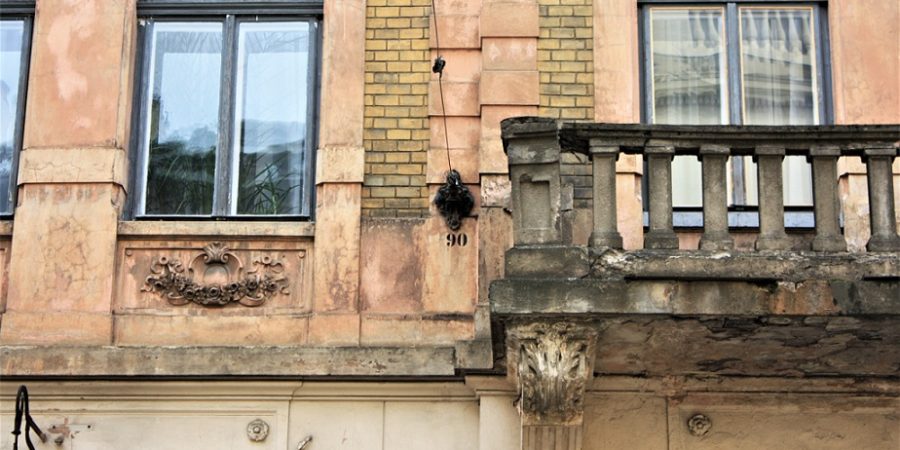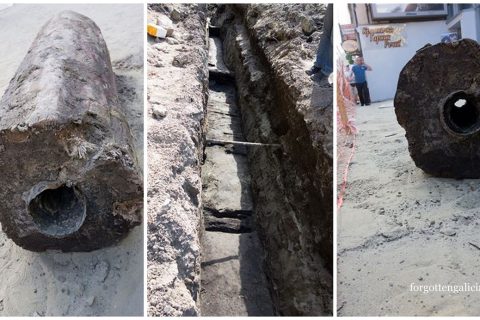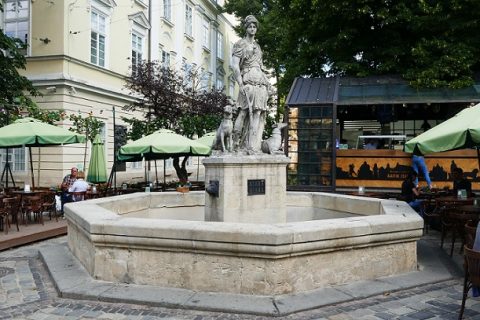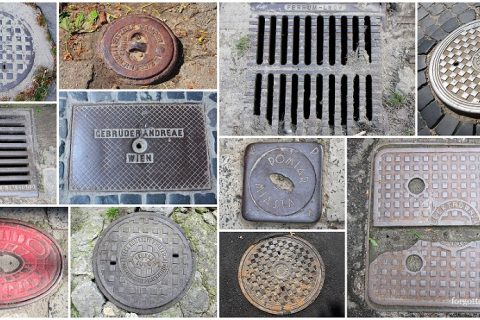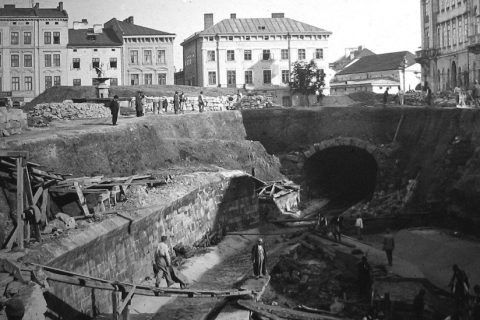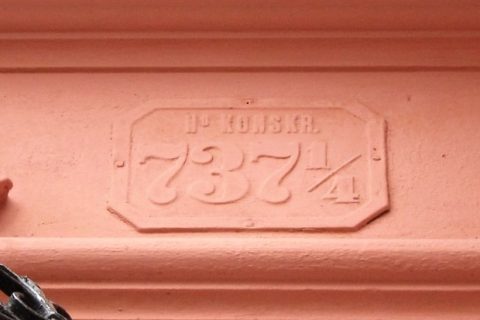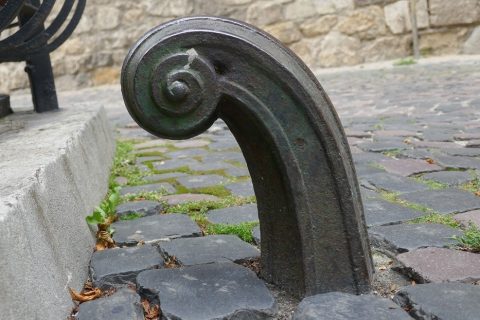Tramway Rosettes and Numbers in Lviv
Antique tramway rosettes remain on many of Lviv’s historic buildings. These elements of infrastructure were attached to the facades of buildings to hold cross-street wires in place, which in turn supported the naked live wire which supplied power to the trams.Lviv’s first electric tram began running in 1894. Throughout the next […]
Read More
